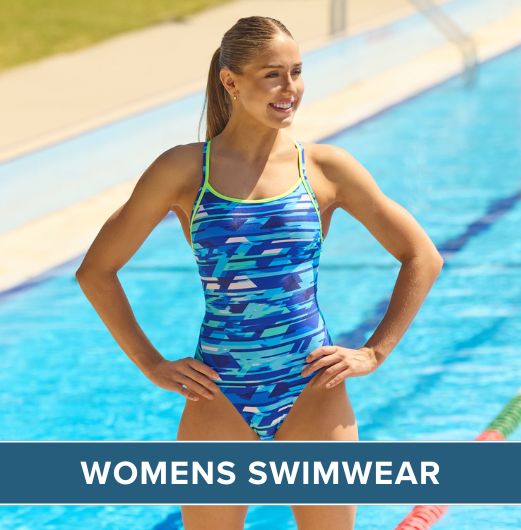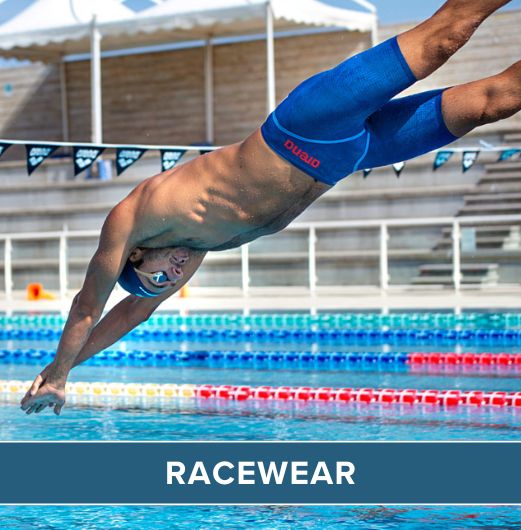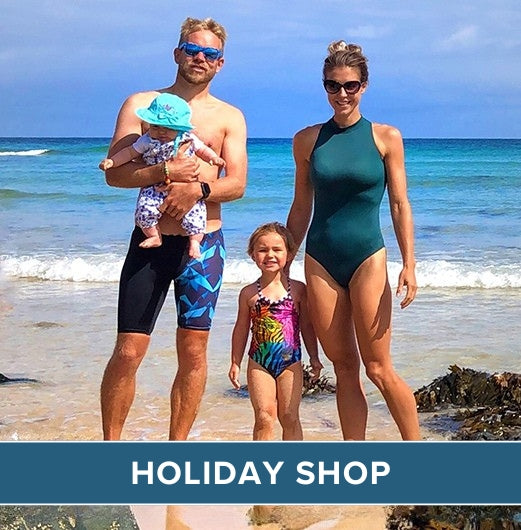As one of the fastest growing sports in the UK, completing a triathlon is rapidly becoming a goal many are looking to achieve. If you are looking to take part in your first triathlon this year, then you no doubt have many questions on how it all works. To help, we’ve put together a handy guide to get you started with your training.

Triathlons come in all shapes and sizes and are a fantastic challenge for anyone looking to test themselves. For most, triathlon starts with a sprint distance race, consisting of a 750m swim, 20km bike and 5km run. The first thing to realise is that anyone is capable of completing a sprint triathlon. For most people, you can get to race fitness in about 9 weeks.
Where to start
Triathlon comprises of 3 different disciplines (4 if you include transition); swimming, cycling and running. Many people who get into triathlon generally do so with a running or cycling background, Don’t worry if you don’t have this foundation, with a bit of training you’ll be up to speed
When it comes to training, first things first. Building a base level of fitness is vital. It gives you something to build on and can prevent injuries in the long run. If you haven’t run for a while and suddenly head out for a quick 5km, you could do some damage. Instead, start with some shorter runs with some built in walking rest periods. Once you have developed that base fitness, it’s time to work on training for each discipline.

One thing to be aware of when training for a triathlon is that it can be quite time-consuming. To really make sure you are in a good place come race day, consider trying to fit in 6 training sessions per week plus a rest day. Depending on your strengths, the bulk of many training programmes tend to focus on running and swimming. If you’re not a natural swimmer, spending time in the pool is vital so you can get comfortable in the water and work on your technique. If the race you have booked is an open water swim, make sure you plan some of your swims as open water sessions.
The plan below is a simple training plan created for someone with just a base level of fitness. As training sessions are commonly done in blocks, the below is a training block of 4 weeks. Once this has been completed, we recommend increasing the distances on your second 4-week block.
Beginners Triathlon Plan (time shown in minutes)
|
Week |
Monday |
Tuesday |
Wednesday |
Thursday |
Friday |
Saturday |
Sunday |
|
1 |
Swim – 15 |
Rest Day |
Run - 20 |
Swim - 20 |
Rest Day |
Bike - 45 |
Run - 15 |
|
|
Run – 15 |
|
|
|
|
|
|
|
2 |
Swim – 20 |
Rest Day |
Run - 25 |
Swim - 25 |
Rest Day |
Bike - 60 |
Run - 30 |
|
|
Run – 20 |
|
|
|
|
|
|
|
3 |
Swim – 25 |
Rest Day |
Run - 35 |
Swim - 25 |
Rest Day |
Bike – 45 |
Run - 15 |
|
|
Run – 30 |
|
|
|
|
Run – 10 |
|
|
4 |
Swim – 20 |
Rest Day |
Run - 40 |
Swim - 20 |
Rest Day |
Bike – 75 |
Run - 10 |
|
|
Run – 25 |
|
|
|
|
Run – 25 |
|
Session Types
To help you really start to see improvements in your fitness, it’s important to mix up your training sessions to keep your body sharp and fast.

Brick Session
The most famous of all triathlon training sessions. Brick workouts is the term used to describe a training session consisting of two disciplines. This is most commonly used as a bike to run session. The idea here is you head out for a decent bike ride, then head straight into a run on your return. They are tough sessions, but they can really get your body used to transitioning into a different movement and helps you learn how to pace yourself.
Interval Session
Interval training has become more and more popular over the past few years. The sessions consist of varying your level of effort into sections of time. For example, if you are out for a run, you would run at 80% of your sprint for 2 minutes and then back down to 30% for 1 minute for an active recovery. We recommend repeating this process around 6 times. Interval training can really make you see improvements in your endurance and stamina. The more you put in, the more you get out.
Endurance Session
It may sound tough, but endurance sessions are commonly where you can see how far you have come in your training. Endurance sessions tend to be your long-distance session of the week, either you longer run or cycle. Try to slightly increase the distances each week to make sure you are continually improving.
Apps to Help Your Triathlon Training
As we all know, there is an app for pretty much anything. As it turns out, there are plenty which can assist you in your training. We’ve picked out two of our favourites
Strava
Known as the social media for athletes, Strava is one of the world’s most popular activity monitoring apps. The socially-led platform is capable of tracking activity in almost any sport. Tracking your cycle or run through the app is simple and it can monitor your speeds, distance, cadence, heart rate as well as a wealth of other metrics. If you have a smartwatch, then it can also track your swims and can be used come race day itself.
Training Peaks
If you are after something a little more advanced, Training Peaks could be what you are after. Not only can you see great insights into your performance and fitness, Training Peaks also gives you the option to use an integrated calendar which will give you reminders for each of your sessions.
Choosing your Triathlon Kit
It goes without saying that with three different sports involved, you need a fair bit of gear for a triathlon. Tri Suits are a good place to start. They allow you to do all three disciplines without having to change into other clothes for each. Make sure you choose one which is comfortable and fits your body shape. Many suits are sleeveless to give you maximum movement, or you can opt for stylish short sleeve suits.

If your race contains an open water swim, then a wetsuit should be top of your list, especially if your race is in the chilly waters of the UK. Take time to thoroughly research your suit of choice especially ensuring you pick the correct size. Once you have your suit, take it out for a test to get used to the fit and make sure it doesn’t rub anywhere you don’t want it to!
There is no need to splash out on a fancy new bike. Using your current bike for your first race is absolutely fine and you will be sure to fit in perfectly. If one day you decide you want to take part in more triathlons, then a bike could be the next upgrade to your kit store!
As we all know, choosing the right running shoes is important. It’s worth trying on a range of different brands and styles to make sure you find a pair that are comfortable and don’t crush your feet. Some shops actually allow you to do a short run in store to test them out. Once you have picked out your pair, we suggest doing the majority of your running in the same shoes you will wear on race day to wear them in and make sure they are suited to you.
Triathlon is one of the most rewarding and enjoyable sports around. While it can seem slightly intimidating to begin with, remember at some point, everyone was a beginner with no idea! The most important thing is to have fun and enjoy your training. If you’re looking for a new race this year, check out British Triathlon to find one in your area. Once you feel the joy at crossing the finish line, you’ll be sure to be back for more. It won’t be long before you’re lining up at the start of an Ironman!
 Free Tracked UK Delivery
Free Tracked UK Delivery Hassle Free Returns
Hassle Free Returns Next Working Day OPTION
Next Working Day OPTION Found It Cheaper?
Found It Cheaper?














